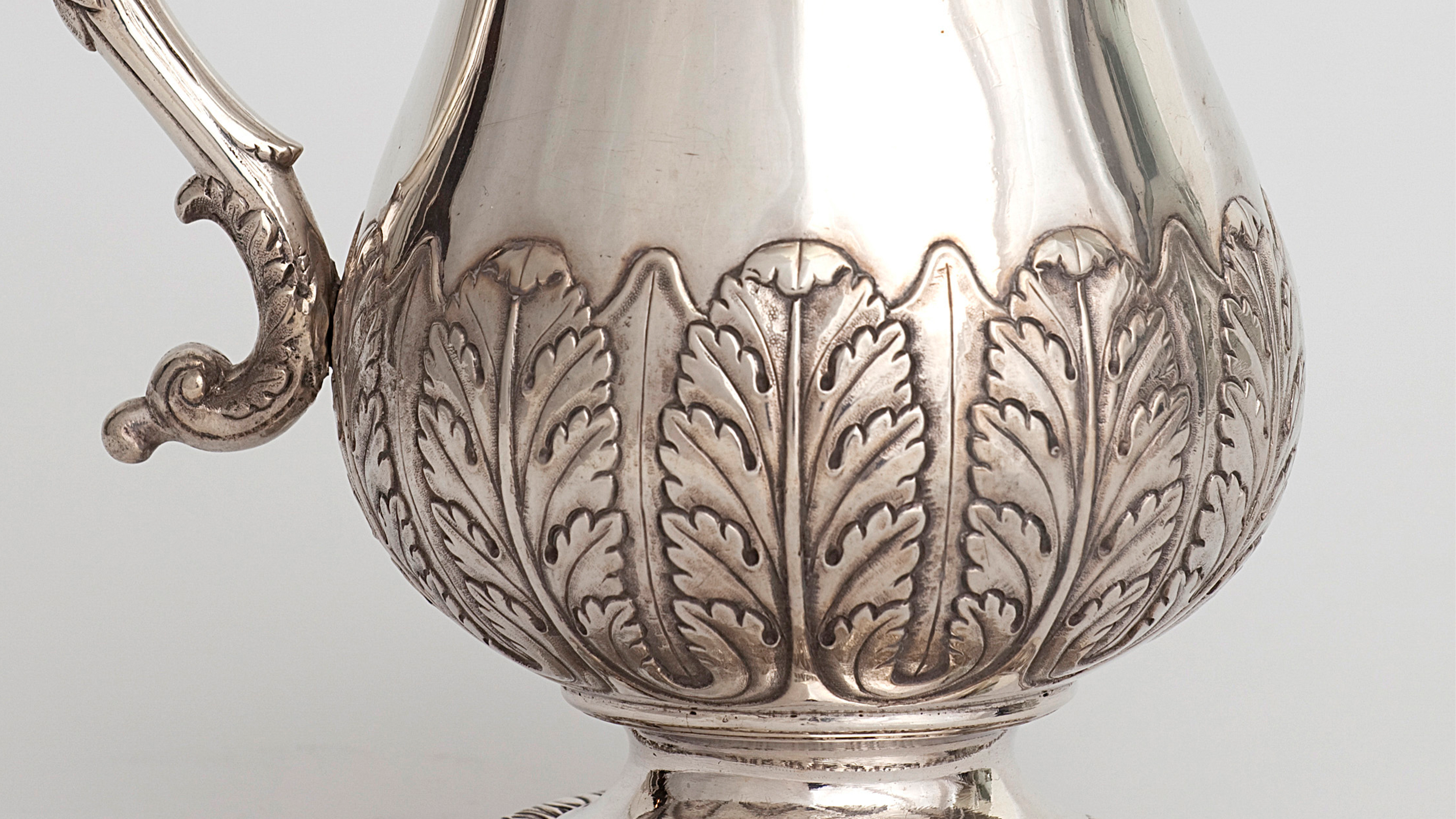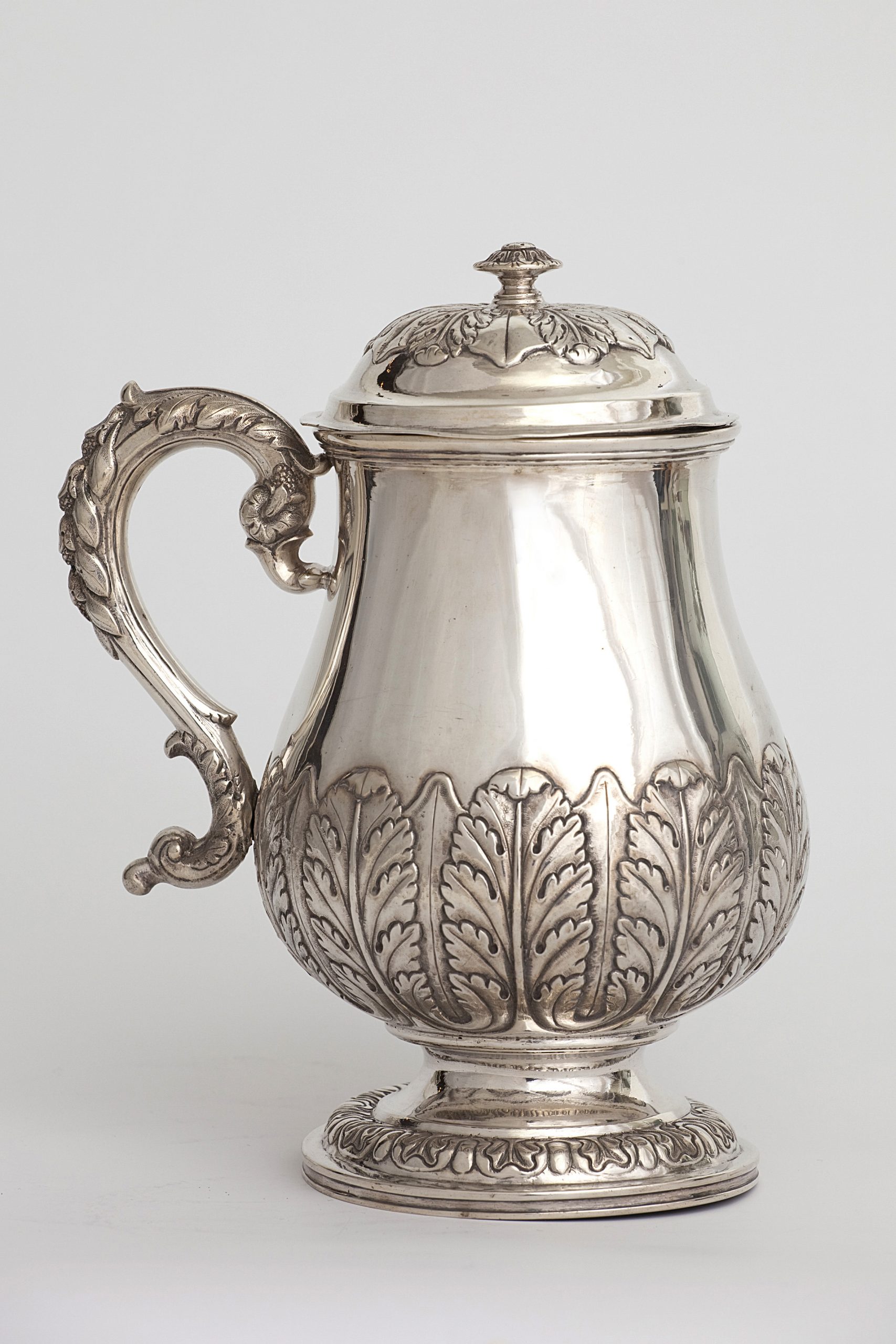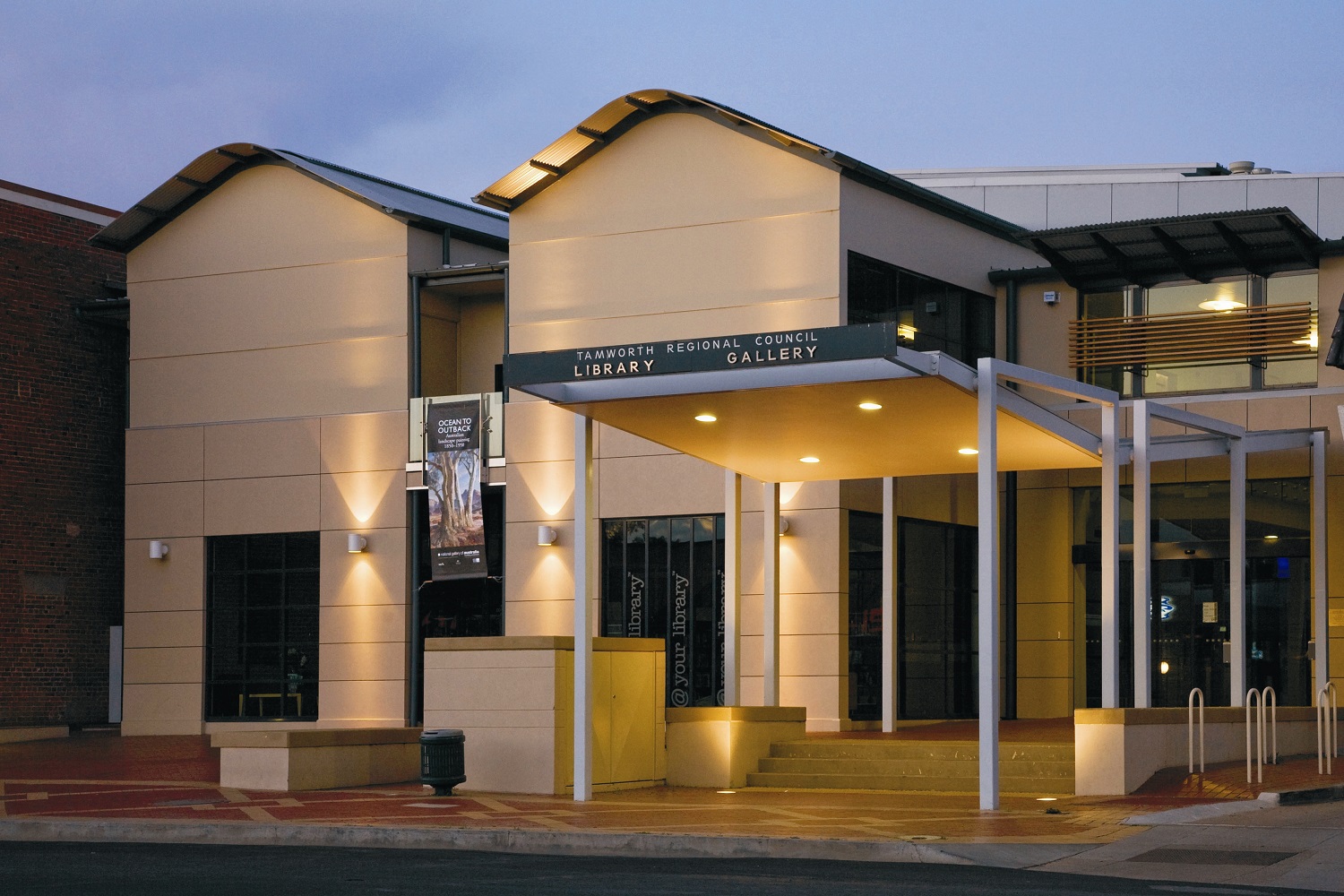Royal Expectations
The Rise of William Edwards
It is hard to know exactly how William Edwards (1819-1899) must have felt arriving to Melbourne in 1857. At the very least, he must have been slightly more comfortable than the average English traveller at the time. In an arrangement reserved only for noteworthy passengers, he had travelled in the chief cabin of the Blanche Moore.
Upon arrival, William began a business using skills in silver and goldsmithing which his father, Thomas William Edwards, had taught him. Armed with wealth, talent, and objects imported from the workshop back home, his business quickly became a success story.
This simple tankard hints at the style which would earn William his renown. The best of his work features skilful ‘repoussé,’ a method of decorating metals where designs are hammered or punched into the object from the inside, which is then given fine detail using ‘chasing,’ the opposite technique. This balancing act created silverware of great beauty, from extravagant display pieces to simpler designs like the fern foliage on this tankard.
When the Duke of Edinburgh visited Australia in 1867, William was tasked with supplying him gifts. The objects earned him high praise, so high that he was appointed as a Royal goldsmith and jeweller to the Royal Household. However, perhaps royal appointment went to well-to-do William’s head.
In 1870, it was rumoured that he returned to London after becoming weary of the lack of demand for first-rate goods in the colonies. In saying that, this seems unlikely as a business partnership between William and Alexander Kaul, another Melbourne silversmith, began in 1873 and operated until 1892.
Funnily enough, there may be some truth in the rumours. No silver made after 1870 bearing William’s personal mark has been found.





